Looking for a week-ish long trip through some of the most beautiful landscapes of the Iberian Peninsula? It doesn’t include Barcelona or Granada or even Lisbon, to be sure, but it’s what I did with my friend and my boyfriend on my two week Easter vacation and it was fantastic.
I am going to describe the itinerary of my trip and what we did and even include some suggestions for improvement, as we stopped in the town I live in for a couple of days which isn’t absolutely necessary.
As my friend flew into Madrid from the U.S., we started with one day in Madrid. Although it is possible to hit the high points of Madrid in one day, I suggest two days to see even more things, as Madrid has enough sites to keep you busy for a week.
The high points of Madrid include:
-the Royal Palace and Almudena Cathedral: situated side-by-side, these are an ideal starting point as the Palace provides a brief history of the royal family and also a nice view of the city from the plaza, and the cathedral is free

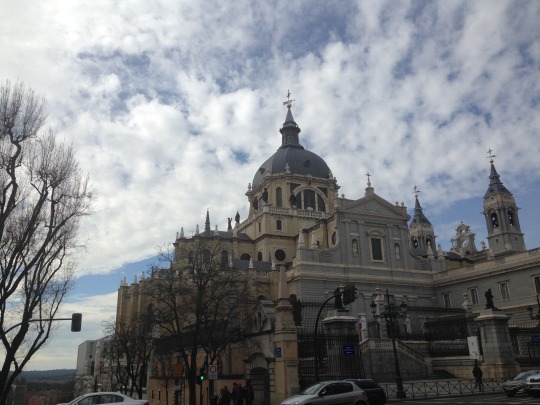
-Plaza Mayor and San Ginés Chocolatería: the Plaza Mayor in Madrid is huge and a lovely place to eat lunch or get a drink, and if you keep walking a few blocks past it you can have chocolate and churros at the city’s oldest and most famous chocolatería, which has pictures of celebrities who stopped in to have a cup of chocolate with churros
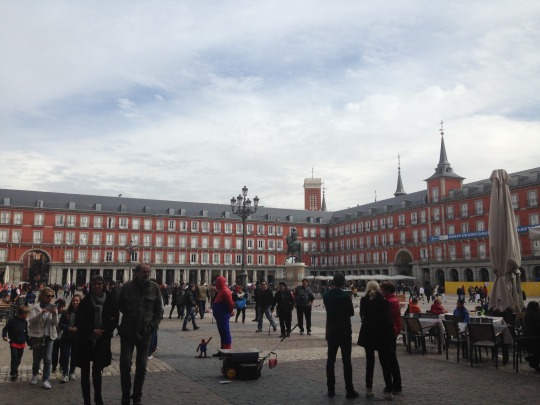

-Gran Vía: even if you’re not in the mood to buy anything, the Gran Vía is a nice street for a walk, and has some of Madrid’s best (and even affordable) shopping. The biggest Primark in Spain is located on this street, and is always a stop for me
-El Prado Museum: out of all of Madrid’s museums, I always like to stop here to take a look at Picasso’s most famous painting, Guernica, named after the small town in the País Vasco that was bombed in World War II
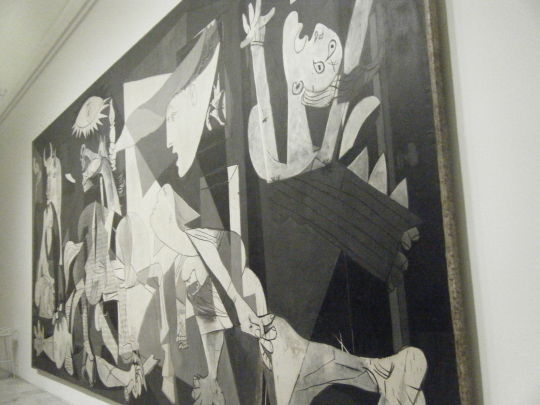
Other notable sites include the Reina Sofia museum, the Thyssen Museum and Plaza de Sol, and believe me, there are many, many other things to do in Madrid. The list never ends.
A short drive away from Madrid is Segovia, the city where the Reyes Católicos lived. Segovia is hands down my favorite city in Spain and easily seen in a day, as there are only three major sites:
-the Roman aqueduct: this is more or less what Segovia is known for, and with good reason. This enormous aqueduct is the only one of its kind and size still left standing from the Roman empire
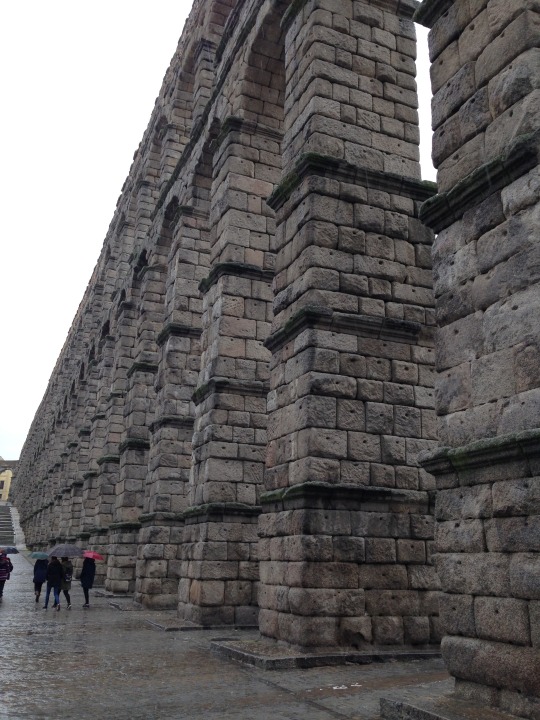
-the Alcázar: once the home of Isabel and Ferdinand, this grand castle is now a museum with an impressive history to share, and also has amazing views of the surrounding landscape
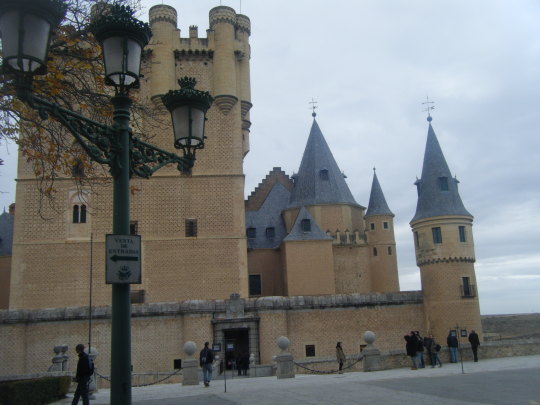
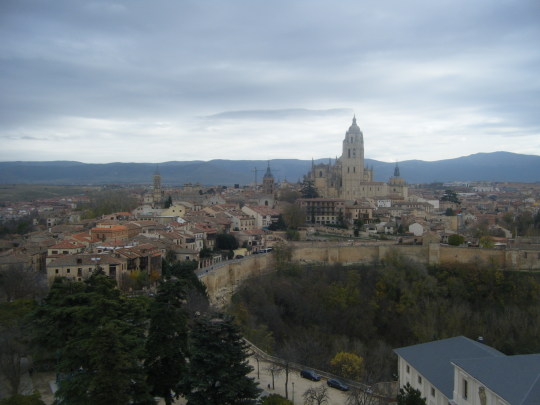
-the cathedral: although more impressive from the outside than on the inside, the cathedral is a beautiful addition to Segovia and only costs a few euros to go in
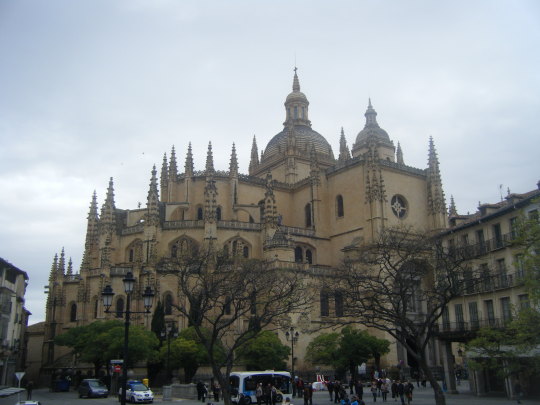
After a day in Segovia, the next stop is León, which can also be easily seen in a day or a day and a half, as it also has three important sites:
-the cathedral: the high point of León and also what it is known for, the cathedral is worth the five euros charged to enter, plus the audio guide is free
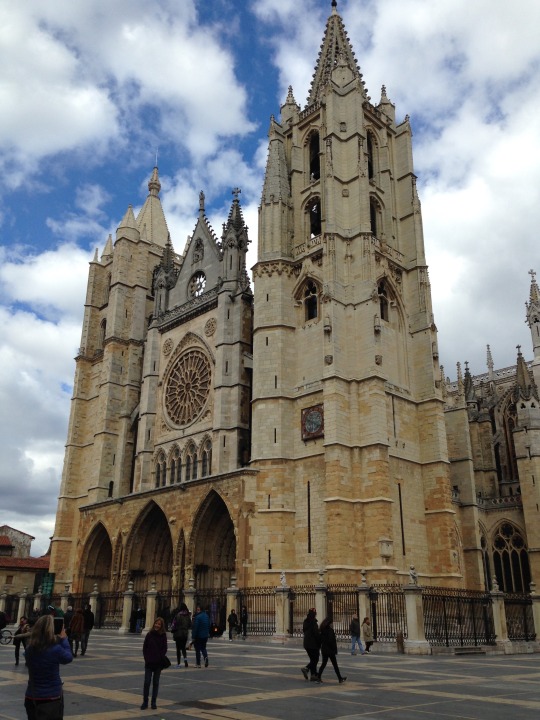
-Casa de los Botínes: designed by Gaudí, this building, now an exhibit owned by a bank, showcases his more traditional style. There is even a statue of him in the plaza next to the Casa where you can sit and contemplate with him

-Parador de San Marcos: although now a hotel, you can still enter and see part of the monastery and read about its history during your tour
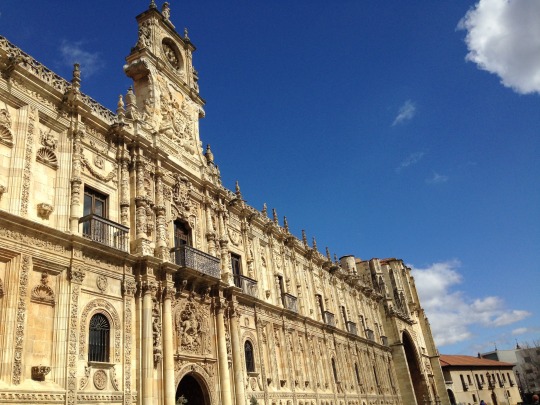
There is also the Museum of Modern Art, which, like the Guggenheim, is more impressive from the outside if you’re like me and don’t understand much about modern art.
From León we drove to Galicia, one of the most beautiful regions of Spain (after Castilla y León, of course) but before arriving we made a pit stop in Puebla de Sanabria, and boy were we surprised. Most towns in Spain are small with not much to see and we were only planning on getting a drink and going for a short walk to stretch our legs, but I highly recommend stopping in Puebla de Sanabria. Not only does it have the largest glacial lake in the Iberian Peninsula, it also has a castle (which was open! omg!) and beautiful views of the surrounding area, as the town itself is on a hill. Pictures below. 🙂
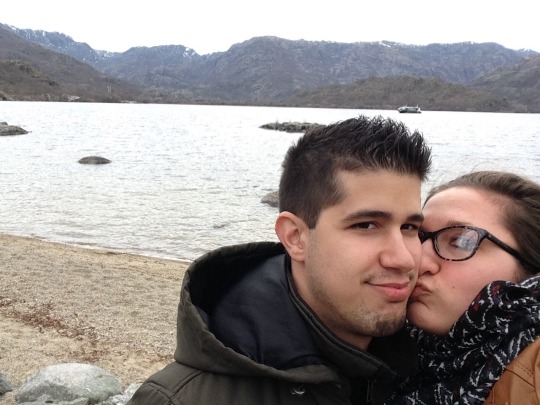
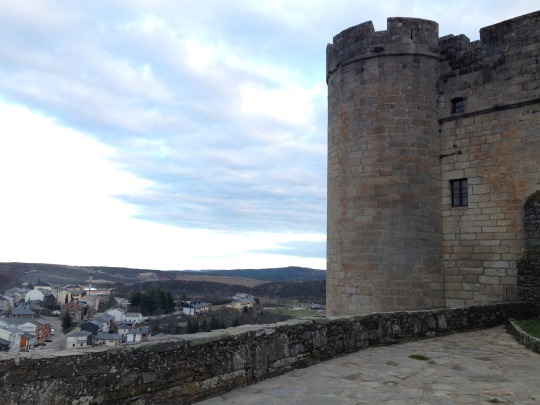
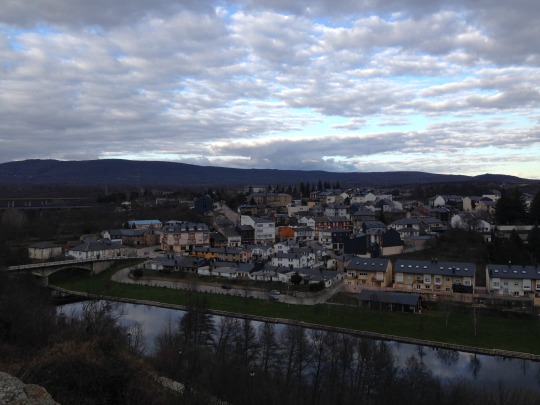
In Galicia we visited Vigo, which although not the high point of Galicia (that being Santiago de Compostela) is still worth the visit. All the streets of the center are named after places in South America, which I found interesting. I would plan one day for Vigo and one for the Cíes Islands, which are only a 45- minute boat ride away and definitely worth a visit.
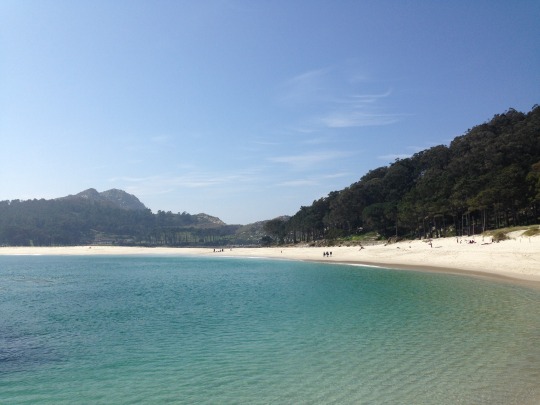
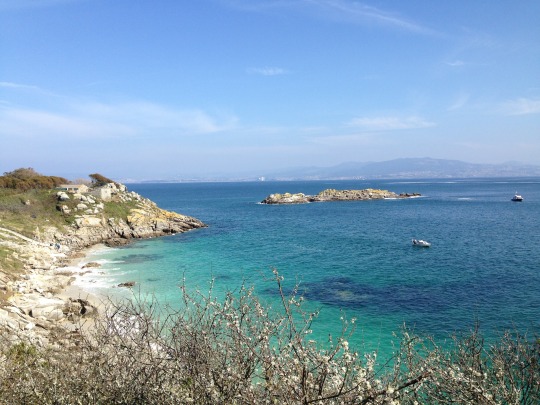
The high points of Vigo are the Castelo do Castro, a castle with beautiful views of the city and a small park located within the castle gates, and the cathedral and old city center. The cathedral itself is not that impressive, but the city center is charming and has two streets famous for their seafood.

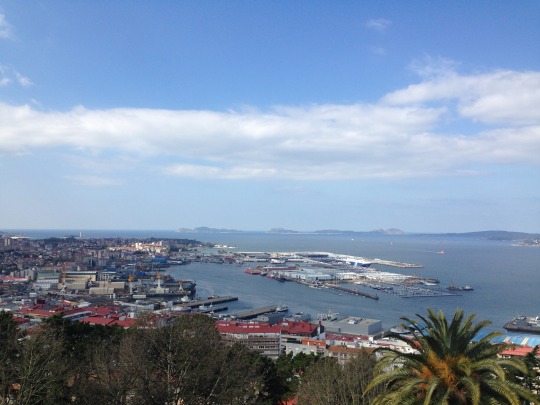
On the way from Vigo to Oporto, we stopped at another charming village just short of the Portuguese border called Baiona. Although Baiona’s castle is now a hotel, the story of many convents and castles from this time period, there is still a path one can follow that has beautiful views of the ocean and town. There is also a mirador, which is a look out point, with a statue of the Virgin that you can climb up in similar to the Statue of Liberty but much smaller in size. Normally we would have also eaten lunch in Baiona, but they were having Easter celebrations and it was impossible to find a place to park, so we went to the next town, Gondomar, to grab a bite to eat before heading to Oporto.
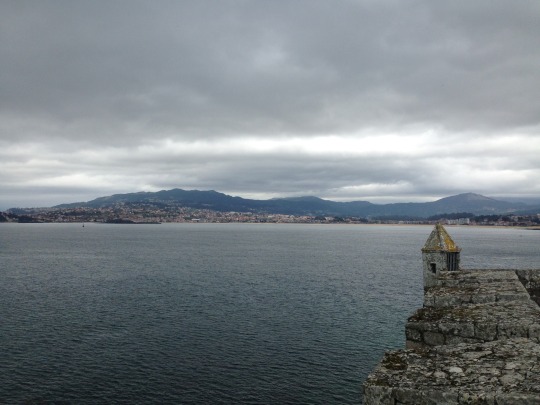
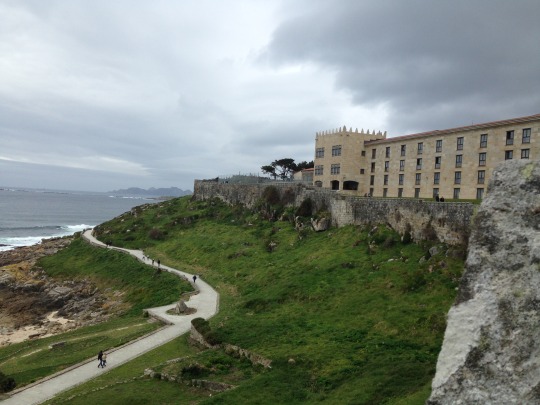
The second biggest city in Portugal, Oporto is a city that will be super trendy to visit in the coming year or two, as their self-promotion is just now hitting its stride. There is a lot to see and do in Oporto, and I think three days is sufficient time. The main sites of Oporto are:
-Sé Cathedral: located on a hill (Oporto is nothing but hills), the cathedral is pretty and offers nice views of the rest of the city
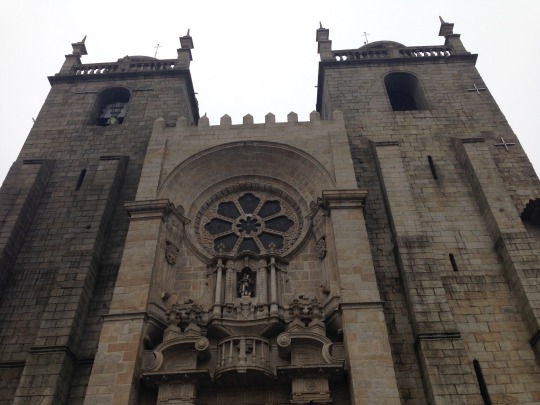
-Majestic Café: now known as the café where JK Rowling spent some time writing Harry Potter, this café is also the oldest in the city, and as such, very expensive and always with a line to get in. I suggest having a tea and making your way to the next site, which is also Harry Potter related
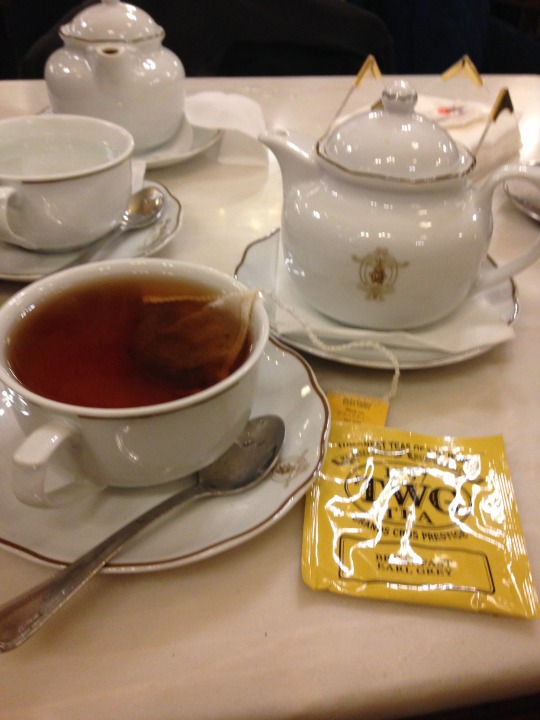
-Lello Bookshop: featured in the first Harry Potter film, this bookshop is small but intricate, and always with a waiting time of about an hour to get in. Getting there a half hour before opening time is suggested

-Palácio da Bolsa: now an event space used for many different purposes, the palace only offers guided tours, but it was worth it to learn more about the building itself. It’s most interesting room was inspired by La Alhambra in Granada, and you can see why from the pictures
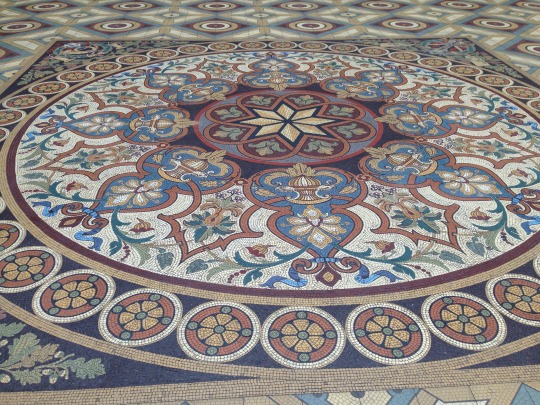

-Torre de los Clérigos: our room was only a two-minute walk from the tower and church, both of which are worth the seven euro ticket price. You can go up the tower and see wonderful views of the city (as long as it’s not raining) and then tour the church on the ground floor and also on the organ level, providing an interesting perspective not often provided in churches
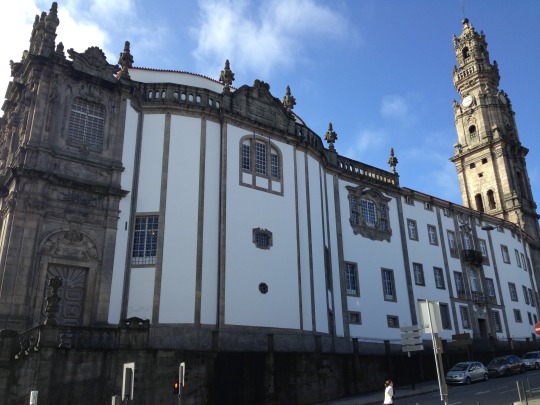
On our second day in Oporto, we chose to buy tickets for the hop on hop off buses, which are usually quite expensive (ranging from 25-50 euros depending on the city), but here were only 13 euros. This provided a nice history of the city and also dropped us at two of the castles, which were too far of a walk. We also were able to walk along the beach and the boardwalk, which was a nice break from the city. In the afternoon we went to a winery and tried some port wines on the rooftop bar at Espaço Porto Cruz, which had wonderful views of the Duero River.
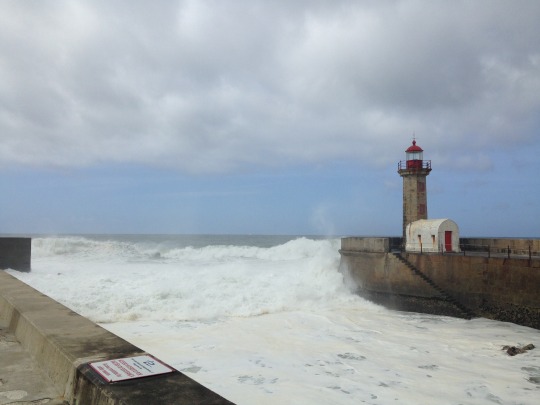
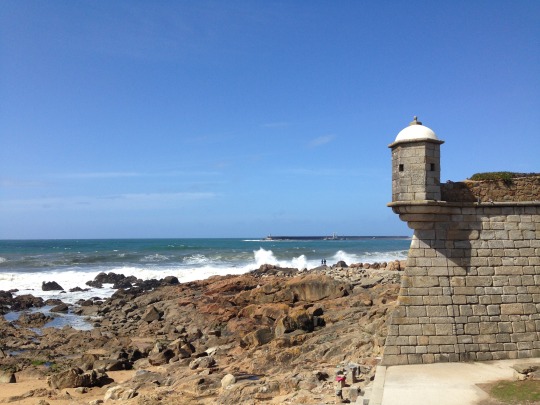
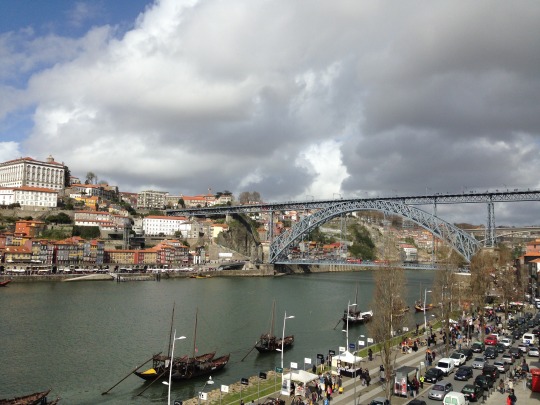
Oporto has many, many churches that are all beautifully designed and worth seeing from the outside. You should also be sure to try a francesinha, which is two pieces of white bread with every kind of meat imaginable in the middle, then covered with a ‘special sauce.’ Even if you’re not a meat person (I’m not), it’s still worth a try, even if you split it with someone else.
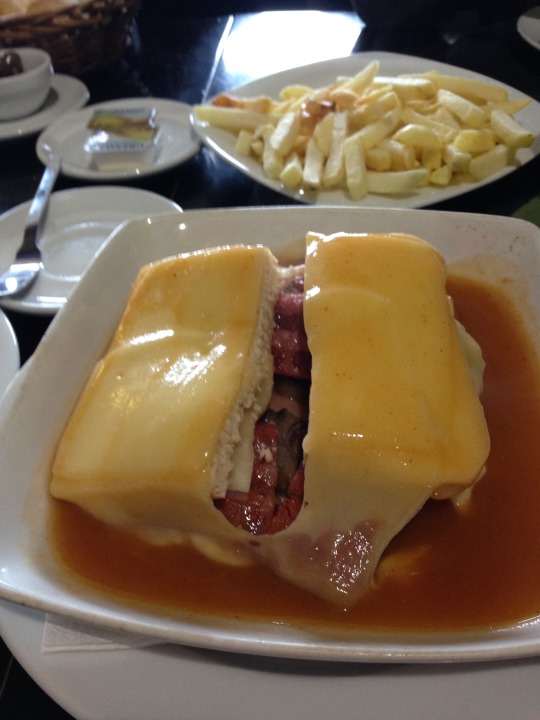
Although this seems like a packed itinerary, we still had plenty of time to rest and sleep, as most things in Spain don’t open until 10 a.m. and close again from 2-5 p.m., and in Portugal most things close at 7 p.m. We also stopped at a few other towns which weren’t nearly as exciting as the two mentioned here, so feel free to choose other ones when you feel like taking a detour. This trip offers an extensive view of a great portion of Spain and is well worth doing.